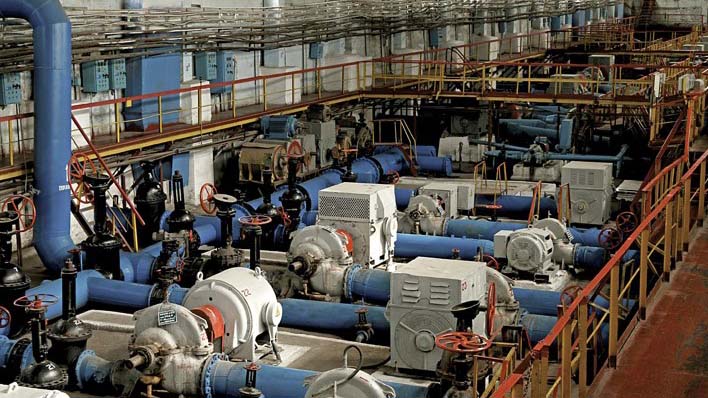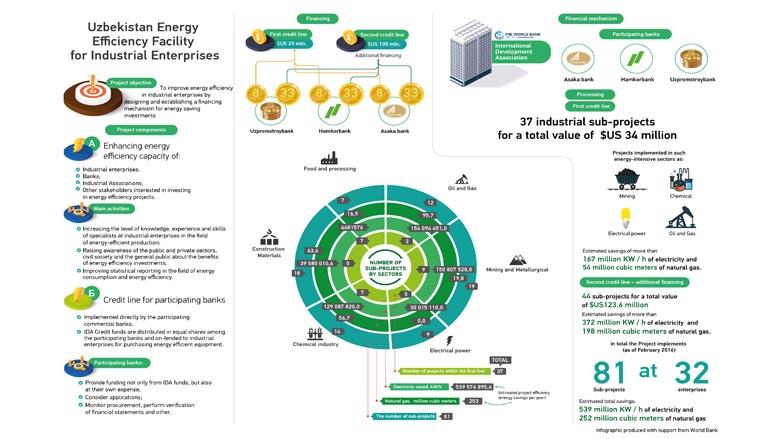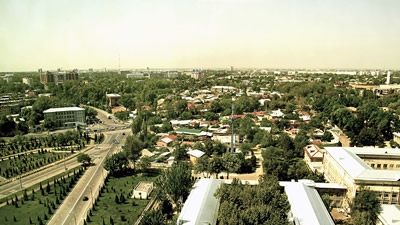At the Oil & Fat Factory in Kattakurgan, Kamoliddin Khaitov smiles and expresses delight with the new boilers that were commissioned in 2014. As Head of the Boilers’ Facility at the factory, Kamoliddin certainly doesn’t miss the old boilers that had previously been in use since 1956. Outdated and inefficient, they initially ran on coal and were manually controlled. The new boilers, however, operate on gas and are fully automated and much easier to run. They also consume much less power and save natural gas.
Uzbekistan is one of the world’s major producers and exporters of natural gas – but it is also one of the world’s most energy-intensive economies. The country uses twice as much energy as its neighbor Kazakhstan to produce a unit of GDP, and six times as much as Germany. To improve its overall energy efficiency, therefore, Uzbekistan’s government has developed a national strategy that includes cutting energy use per unit of GDP in half by 2030.
Mining, chemicals, oil and gas, electric power, and the production of construction materials are among Uzbekistan’s most energy-hungry industries. To help these industries upgrade old and outdated industrial equipment, the World Bank has piloted a new financial approach through its Energy Efficiency Facility for Industrial Enterprises Project. With a view to saving energy and capturing heat, upgrades and improvements will range from replacing old energy-inefficient converters, compressors and boilers to capturing, recovering and re-using thermal energy.
The Energy Efficiency Project, in liaison with three commercial banks, provided financing for 32 strategic enterprises to pilot 81 sub-projects around Uzbekistan. These sub-projects will save more than 539 million kWh of electricity and 252 million m3 of gas every year – an energy saving that is large enough to supply electricity for 850,000 families annually (if one family consumes 3600 kWh).
“As of now, 79 subprojects are being implemented across the country. The total amount of these subprojects is US$160 million and IDA provides financing of US$ 128 million out of the total amount. The rest of the total amount is financed by the three banks – Hamkorbank, Asaka Bank and Uzpromstroybank and by industrial enterprises.”
Ulugbek Abdullaev, Project Coordination Unit Director, Ministry of Economy.




